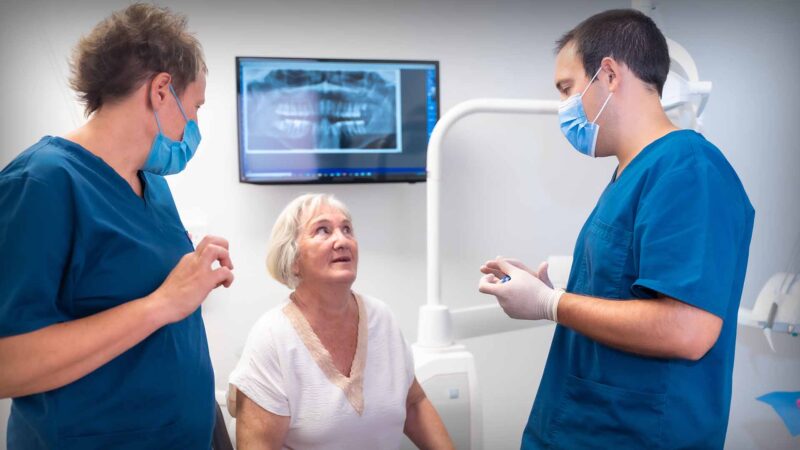Cardiovascular disease (CVD) is responsible for significant morbidity and premature mortality in Australia. Ischaemic heart disease was the leading cause of death in 2020 and cerebrovascular disease was the third most common cause of death.
As the first major update to Australian CVD risk assessment guidelines in over a decade, the 2023 Australian Guideline for assessing and managing cardiovascular disease risk and associated Aus CVD Risk Calculator reflect the latest evidence on assessing, communicating, and managing CVD risk. Developed using Australian-specific data and the latest evidence, it supersedes the 2012 Guidelines for the management of absolute cardiovascular disease risk.
New cardiovascular disease (CVD) Risk Guidelines were commissioned by the Australian Government Department of Health and Aged Care, and developed by the Heart Foundation on behalf of the Australian Chronic Disease Prevention Alliance (ACDPA) (Diabetes Australia, Kidney Health Australia and Stroke Foundation). The guideline has been endorsed by the Royal Australian College of General Practitioners (RACGP).
The new guideline has been developed according to the processes and standards outlined in the 2016 Australian National Health and Medical Research Council’s (NHMRC) Guidelines for Guidelines.
The guideline was developed under the direction and governance of nine expert advisory groups with multidisciplinary clinical and consumer input (see Appendix 1). Expertise was sourced across the disciplines of cardiology, general practice, nephrology, neurology, endocrinology, stroke care, epidemiology, Indigenous health, nutrition, behavioural science, nursing and pharmacy. Special attention was given to First Nations people’s health, and the Indigenous Health Expert Subgroup advised on every aspect of the guideline development.
The project aim was to develop an updated CVD Risk clinical guideline and corresponding CVD risk prediction algorithm enabling best practice assessment and management of CVD risk, overseen by the Guideline Advisory Group which consists of representatives from the ACDPA.
An individual’s risk of developing CVD depends on the combined effect of multiple risk factors. Risk assessment, therefore, remains fundamental to the early detection and prevention of CVD. The guideline encourages early modification of CVD risk factors, helps target medicines to those who will benefit most, and informs clinical decision-making.
The guideline and calculator help healthcare professionals assess, communicate and manage a person’s risk of developing cardiovascular disease. Australian Health Journal spoke with cardiologist and Heart Foundation Chief Medical Advisor, Professor Garry Jennings AO on how HCPs in primary health care can use the resources, guideline and risk calculator in clinical practice.
You Might also like
-
The Northernmost Pharmacist in Australia
Carli Berrill is a Co-Owner and Pharmacist of two pharmacies in Far North Queensland, including one on Thursday Island in Torres Strait, which is the most northern pharmacy in Australia.
Her role with the Thursday Island Pharmacy is to provide essential health and pharmacy services to 15 communities, including remote islands south of Papua New Guinea. The role for the community is the important ‘constant’ in being a trusted and familiar healthcare professional.
-
Dental and oral health care priorities for the elderly
In 2023, there are a number of changes occurring in dental services including the start of a new Senate inquiry and new registered nurses in residential aged care. Yet in the meantime there are gaps and delays in dental and oral health interventions for elderly Australians, unless training is more widely deployed.
Australian Health Journal spoke to Leonie Short, a dental therapist working for Seniors Dental Care Australia on what she considers are dental and oral health priorities for the elderly, based on her work in the aged, home and disability sectors.
-
Gold Coast paediatric emergency nurse leads world’s largest study in securement
Brooke Charters is a dynamic Paediatric Emergency Nurse who works at the Gold Coast University Hospital in Queensland. Brooke’s research became the world’s largest study of its kind and in May 2024 the results of the study were published in JAMA Pediatrics. Her mission is to drive change and enhance the hospital experience for children globally.



